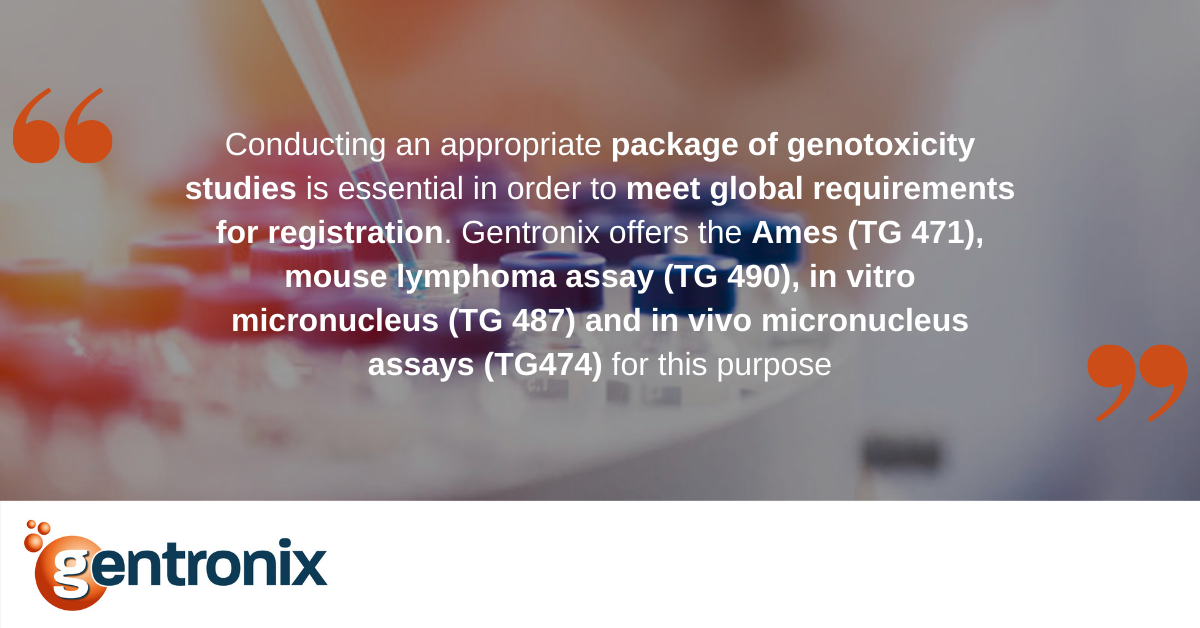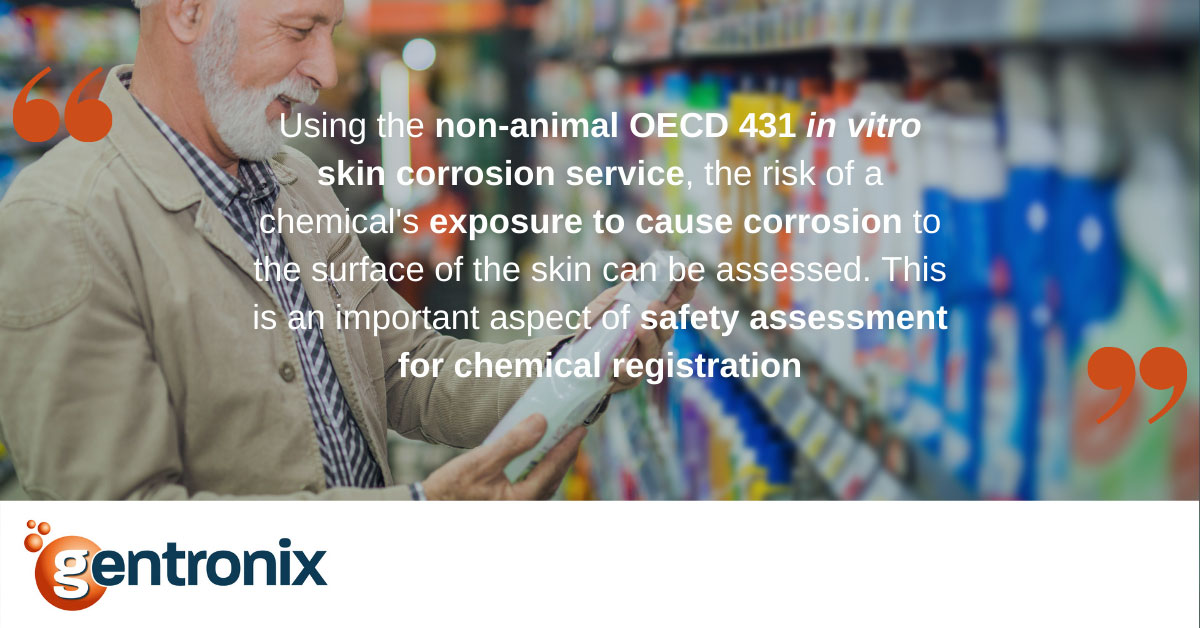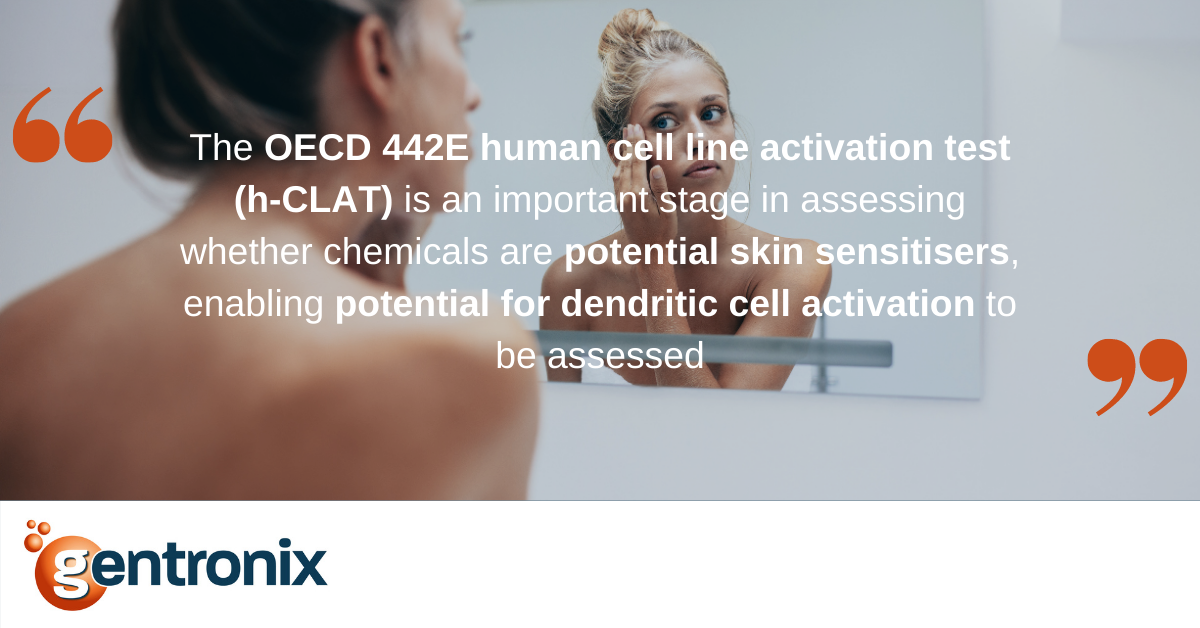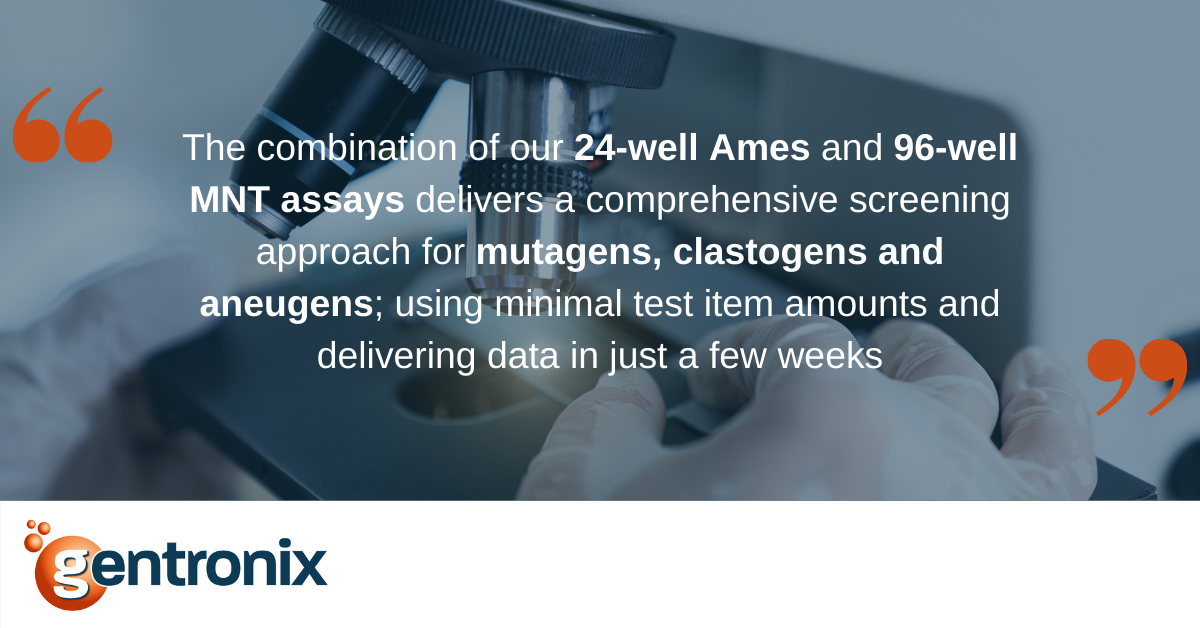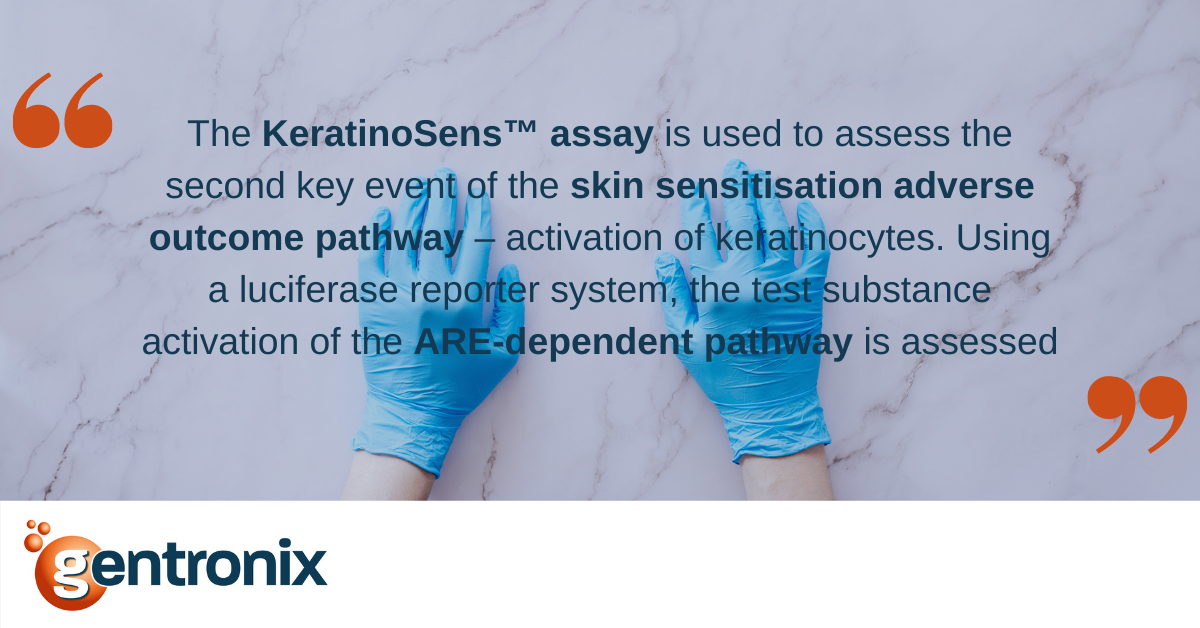Within the skin sensitisation adverse outcome pathway, the first key event is based on the premise that a chemical can become a skin sensitiser via interaction with skin proteins, forming a hapten that is recognised by cells of the immune system and triggers a response.
Testing novel chemicals and formulations for this Molecular Initiating Event (MIE), haptenation, is an essential aspect of skin sensitisation safety testing and risk assessment. Our GLP Direct Peptide Reactivity Assay (DPRA) enables our clients to determine if their chemicals present these challenges quickly and generate data opposite the MIE stage of the sensitisation AOP.
The OECD 442C Direct Peptide Reactivity Assay (DPRA) is a key first stage in determining whether a chemical (mono- or multi-constituent) product or formulation presents a skin sensitisation safety concern. The DRPA focuses on detecting test substances that covalently bind peptides in the skin, creating a hapten that triggers downstream events in the AOP. This molecular initiating event is then linked to subsequent activation of Key Stage 2 (keratinocyte activation and inflammation covered by OECD 442D, KeratinoSens™), Key Stage 3 (dendritic cell activation, OECD 442E, h-CLAT) and Key Stage 4 (T-cell activation, OECD 442A, LLNA in vivo test). As DPRA detects the MIE, it is critical to understand whether a test substance presents sensitisation toxicological risk.
The DPRA uses HPLC techniques, mixing the test substance with either cysteine or lysine peptides. These mixtures are then analysed to assess the depletion of the cystine or lysine peptide from the HPLC read-out compared to the calibration curve for each peptide in the absence of the test substance. Controls are included to mitigate the impact of co-elution or chemical interference effects. A substance demonstrating clear depletion of either peptide in this method presents a strong indication of potential skin sensitisation hazard. Our laboratory has established proficiency in this method, correctly classifying all substances as sensitisers or non-sensitisers per the OECD 442C guideline.
When combined with either KeratinoSens™ OECD 442D and/or h-CLAT OECD 442E studies, the data generated in DPRA can be supplemented to either confirm that the test substance presents a human skin sensitisation safety issue (positive result in at least two of the three tests) or, that it may not be considered as being of skin sensitisation risk (negative findings in both of the follow-up KeratinoSens™ and h-CLAT studies).
Our team of skin sensitisation scientists are experienced in supporting clients to generate GLP study data in OECD 442C DPRA and the other supporting endpoints. Working with our clients, we can optimise formulation approaches, interpret study findings, and advise on testing strategies to manage DPRA positive results.


